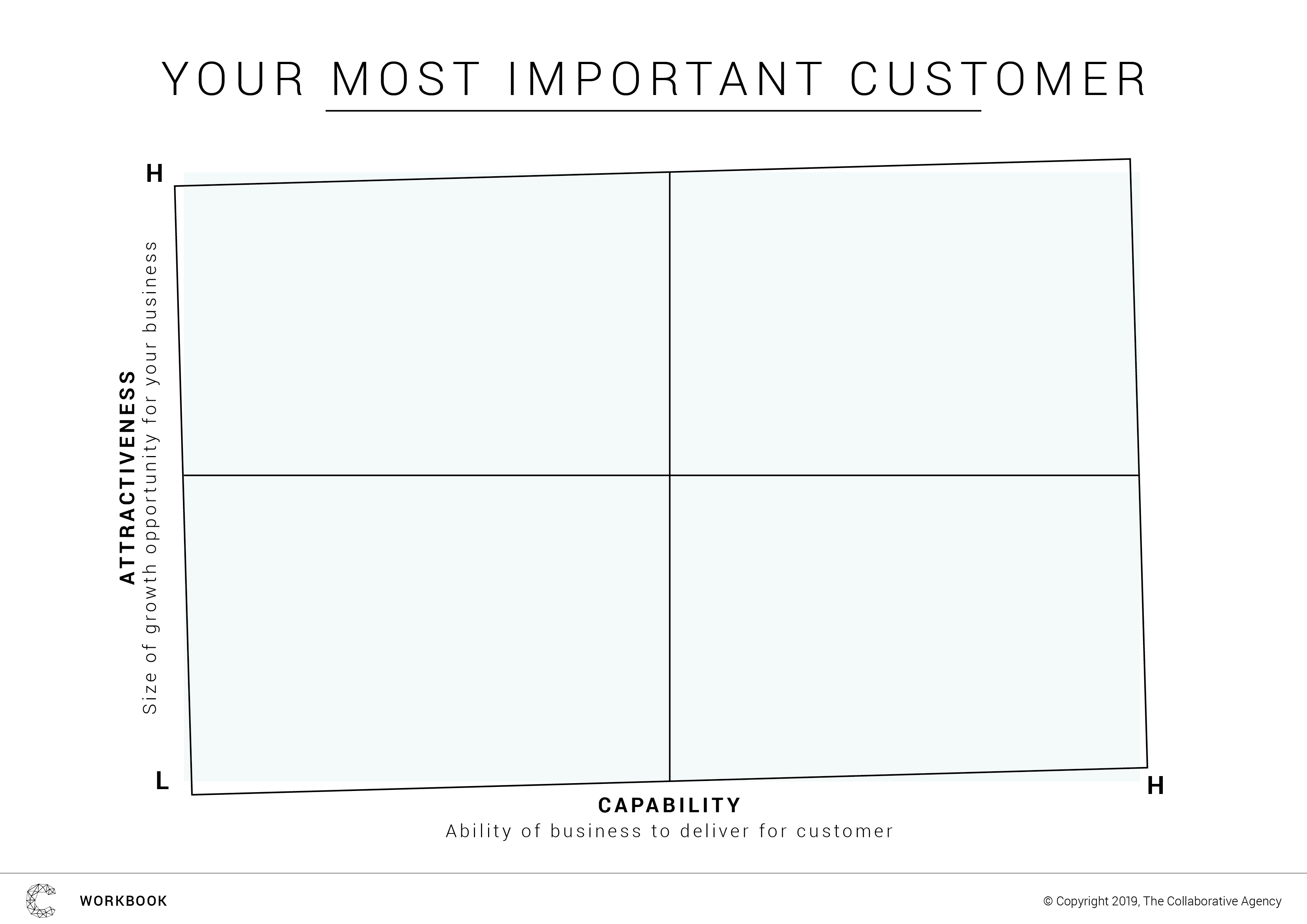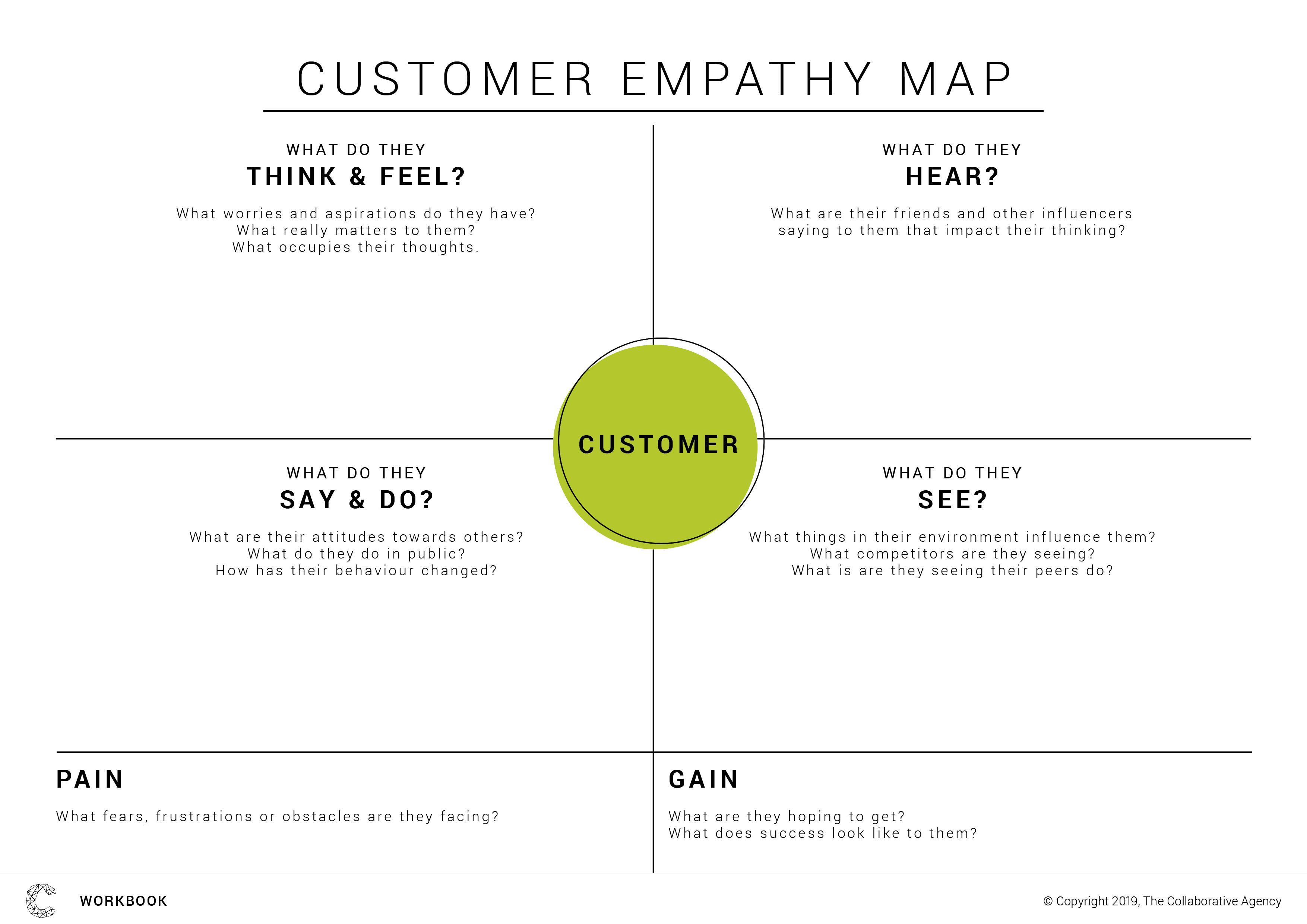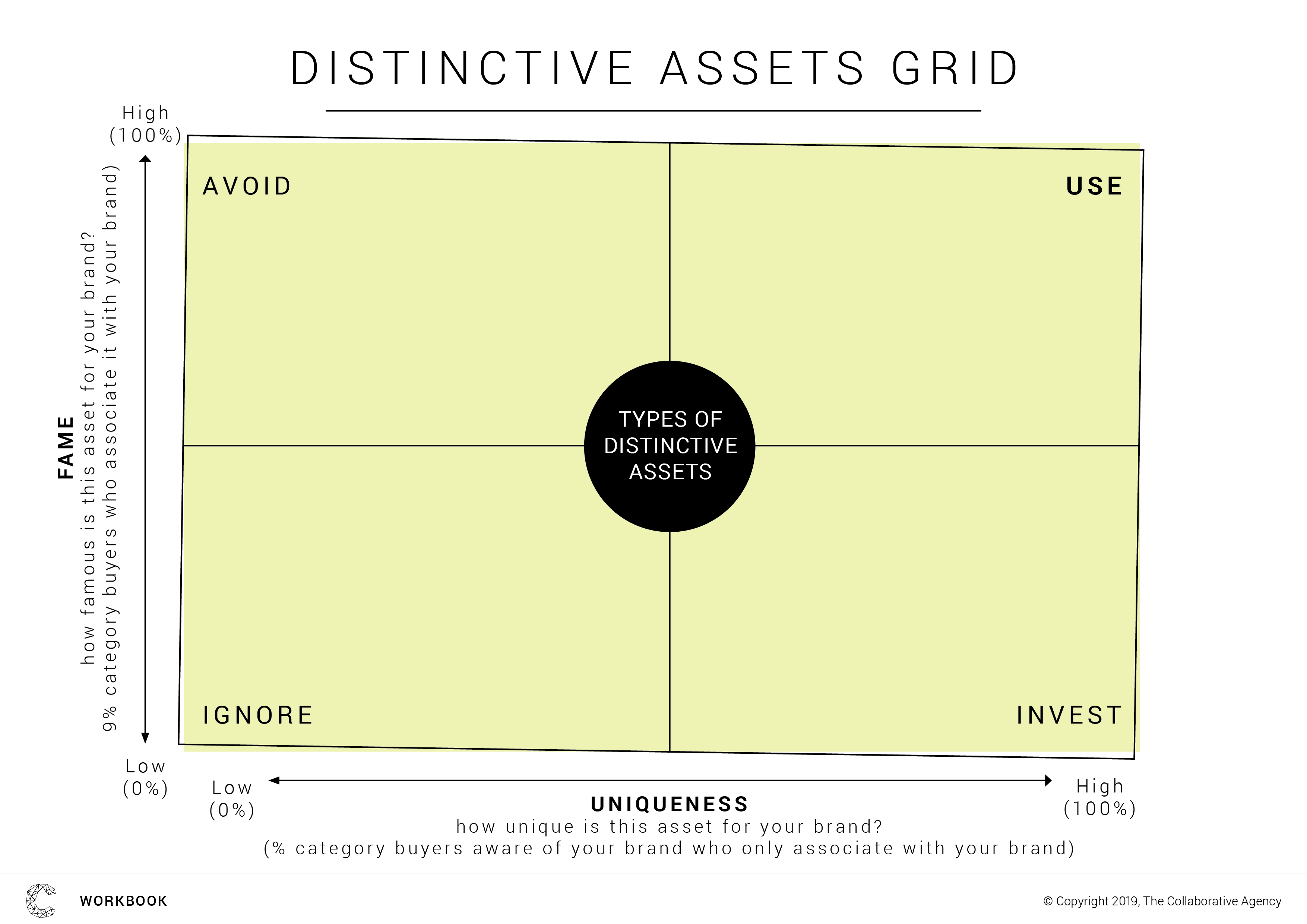The success of your business is dependent upon many ‘things’ – customers, capital, risk, people, culture, products… Well, consider this - Is your brand a priority among these ‘things’?
There's a big difference between saying so and actually doing something about it, however, if it is not a priority, then quite frankly, it should be. Your brand, is the single most important factor in determining the long-term profitable success of your business. It helps drive long term demand, it helps protect your pricing margins and provides power within your distribution channels.
And this is true for all types of businesses.
Branding is super important, particularly in B2B Marketing. As such, it flows that you should also have objectives and strategies to ensure your brand becomes stronger over time, so it acts as an asset for your business that creates value beyond its costs.
Defining what a brand is and what it is not
The word brand is dropped into conversation on a regular basis across all levels of society. As such, it is used in wide context spanning from logos and look and feel to personality and product features. And while all of these items can be important to branding, they don’t define what branding actually is.
Branding starts with an idea that encapsulates purpose, values, benefit and related attributes. And the idea comes to life as a set of experiences, expectations, memories, stories and relationships that influence a customer’s decision to prefer and choose one brand over another.
How to measure brand success
What gets measured, gets done. I am sure you are familiar with this saying. So, what should you be measuring to see if your brand is improving in value?
Firstly, you’ll want to define the brand equity measures important for your business. These measures could cover some or all of the below elements:
• Brand and advertising awareness – unprompted and prompted
• Brand associations - taglines, colours, products...
• Price elasticity
• Brand preference
• Brand last purchased
• Online analytics including traffic and goal conversions
• Customer experiences
• Net promoter score
• Benefit and attribute ranking
Increasingly, many marketers are taking a System 1 thinking approach which is a key component of the science of Behavioural Economics. System 1 thinking is our emotional thinking, which is how we think and behave most of the time.
While System 2 thinking is how we think we think and behave, (but do so only a small amount of time) which is our rational thinking and behaviours. To measure your brand equity from a behavioural economics viewpoint you would simply ask these three questions.
1. Do you know this brand?
2. Do you feel good about this brand?
3. Can you find it easily?
Compare the answers to these questions for your brand against your competitors and you’ll be able to determine and track your relative brand strength.
So back to the topic of this blog…
9 critical factors in creating brand success
1. Have a clear understanding on your most important customer
No doubt your business will have a wide range of different types of customers and channels. However, have you critically analysed which customer type is most important to your business? You might apply criteria that is important to your business or that offers you the most significant growth opportunities.
Why not debate out the customer types with your different functional groups to gain consensus using the matrix below?
2. An in-depth knowledge of customer behaviours and needs
Now that you have identified your most important customer, it’s time to get personal. By immersing yourselves in the lives of your customer, your understanding, empathy and ability to generate useful customer insights will dramatically improve.
Why not conduct a customer immersion workshop using the following framework.

3. Create a clear and distinctive positioning
Wouldn’t it be great to be like Nike, Apple or Disney? These brand are all ‘poster boys’ for well positioned brands.
No doubt we all would like our brand positioning to be in their league, however it’s rare for most brands to be even close. Why? Is it a lack of confidence? Too many opinions? For many companies, the focus is on 'what' they do which is great for the short term. However, without a strong understanding of your businesses 'why' and 'how' it's likely that brand positioning won't serve as guide for decision making as it does for the great companies above.
What is important is to follow a process. Start by distilling available research, then gather together the most important stakeholders in the business and run a workshop to cover the alternative territories. Don’t let the group make the decision though! Your marketing leadership and agency needs to then bring it together in a clear and distinctive manner.
Deep dive into your business with a brand strategy workshop with us!
4. Focus on creating distinctive brand assets
Now that you have your brand positioning sorted it’s time to develop the assets that bring your brand to life. Start by auditing what assets you have and use the matrix below to define what you have now and what requires investment to make them distinctive.
This is such an important step in the branding process. Think of the successful brands you know and love. What comes to mind? I am guessing it's colours, jingles, sounds graphic devices. Great brands enhance these assets over the years, building memories for their customers that are hard for competitors to shake off.
5. Be consistent in brand delivery when and where it matters
Now that you have created a visual and more broadly an experiential story for your brand it is your challenge to keep it consistent. This is easier said than done!
There are challenges every day in terms of keeping your brand consistent - and not just your comms. All of the marketing elements including pricing and distribution need to be in alignment. For your comms, having a centralised digital asset management system is a good starting point.
Never forget how important it is to actively engage and educate employees and other stakeholders around what your brand is all about. This is also a great way for everyone to buy into what you are setting out to achieve with a consistent set of brand guidelines and templates.
6. Create mental availability for your brand
The thing about branding is that we think it’s much more important to your customer than it actually is. Your customer has brand preferences, yes. However, it's not something that rationally think about. They simply buy your product to fulfil a role and after that they get back to their lives.
So, it’s really important to bring your brand to life with communication, energy and innovation. Creating mental availability for your brand can be done by focusing on communicating your distinctive assets, thereby creating memory structures for your brand that come to the fore when the customer is in purchase mode.
Remember that brand building is about the long term as well as the short term, so be careful not to overly analyse proposed brand activities purely with the lens of sales that are made tomorrow.
7. Authenticity versus contrived
messaging
Nothing kills a brand quicker these days than contrived messaging.
With social media and digital communications the customer is more than ever informed and capable of making educated buying decisions, so stay away from half-truths and embrace authenticity.
This means being transparent and responsible which is not always easy and it is ultimately the test of customer centricity. Be clear with your communications, own your failures and your reputation will be rock solid.
8. Let your purpose and values shine through your actions
The customer is in the driver’s seat of your brand. Not you.
So, if you go to the effort of explaining your purpose and values, then you need to bring your authenticity to fore. Increasingly, many buyers today rate a brands values and purpose as their number one purchase decision criteria.
Showing how you live purpose and your values is not only great for customers but also important for your employer brand. Your employees will love seeing your purpose and values in action, as it’s likely they joined your business because of these things.
9. Drive your brand’s penetration and physical availability
In his book ‘How brands Grow’, Byron Sharp form the Ehrenberg-Bass Institute for Marketing Science talks about mental and physical availability. Both are integral for brand growth, so you need to prioritise the acquisition of distribution points and the number of places where your brand is exposed.
Coca-Cola has long been lauded as one of the world’s best brands. Why is this so, when in today’s media environment they are hardly visible when compared to yesteryear? Coke has long held the view that success comes from being within ‘arms reach’! That’s physical availability in a nutshell. Use all of your powers to gain exposure for your brand, whether that is mainstream media or tactical opportunities like signage on the side of shop.
Key takeaways
- If your business is serious about long term success, then its brand (s) needs to be placed as a top business priority that is properly resourced and measured.
- Measuring the strength of your brand is critical to keep the focus on its development.
- Your brand positioning requires leadership from the very top people in your company. A) to keep it simple and meaningful. And B) to communicate and educate employees do that the customer's brand experience is accurate and consistent.
- The art of branding is developing and strengthening distinctive brand assets. The the jingle or the slogan become more memorable as time passes.
- Branding is only about communications. Remember to be vigilant about immersing your brand positioning in your pricing, distribution and other marketing mix elements
Interested in learning more about your brand? Why not take a Brand Strategy Assessment of your brand strategy here.




